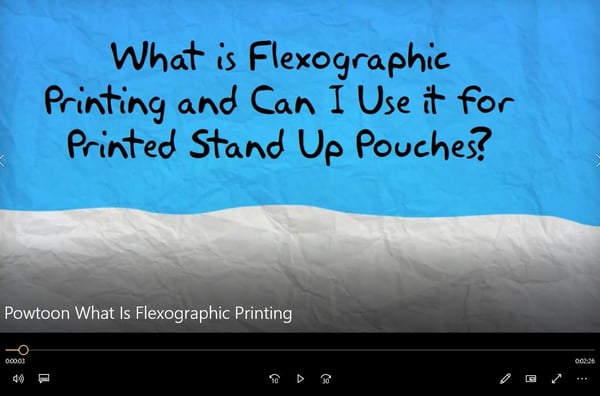Digital Printing or Traditional Printing Methods
What's the difference?
Digitally printed retail packaging such as stand up pouches and flat bags are all the rage, and should be touted as a great solution for small runs. While companies like Epac and Roastar and the like have billed themselves as a “one stop shop” there are limitations.
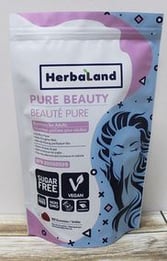
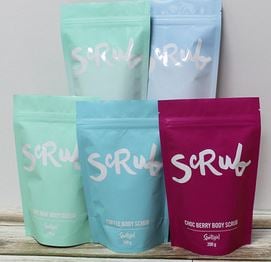
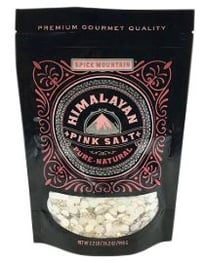
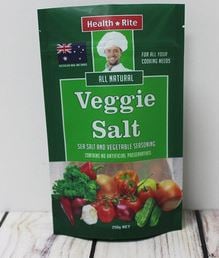
Let's start with some Pros and Cons.
Pros:
- Having minimum set up times allows digital presses to be your best value for short print runs.
- Vibrant colors
- Inline Finishing
- A feature that digital presses have over offset presses is the ability to add an inline finisher to the workflow. An inline finisher can fold, three side trim, and staple a saddle stitch book all in the same pass as the print. Some digital presses with inline finishers have the ability to three hole drill, corner staple and side staple. Be aware that each step during the inline finishing process will slow down your production time.
Low Cost...
- Having a short setup time and not needing plates gives digital printing an advantage in pricing for short print runs. The inline finishing capabilities allowing you to skip bindery cost is another money saving option.
- Paper Choices (if you are using paper)
- Paper manufacturing companies are embracing the digital print world and have created papers capable of handling the heat that fusers in digital presses generate. Paper finishes such as gloss, matte and satin are sturdier with digital papers, allowing you to achieve the same look and feel that offset papers provide.
- Quick Turnaround Times
Cons:
Long print runs…expensive…
- Unfortunately, most toner based digital presses can not print a PMS color. Instead, the press will simulate the PMS color using the Pantone to CMYK values of the chosen PMS color.
- Small Overall Size – Generally
- Longer runs cost more
- As your print run gets longer, the value of digital printing diminishes, and offset becomes a better solution.
- Film choices…if you are using film is an issue
- Metallic Inks are not able to be run through the HP ws6600 press. Since the press uses an electron charge to transfer ink, the metallic inks would short circuit the press. Can you say half-million-dollar paperweight?
- For the most part, digital printing can duplicate a large part of the color gamut, but some limitations are present, since most of the digital printing is duplicated from CMYK.
- HP's Digital Press operates with what is known as a "Click Charge". We'll spare you the details, but essentially every X repeat has a charge that is paid to HP which covers maintenance and ink to run the press. This can add up on large runs.
- The HP inks cannot be used for direct food contact applications. Do not take this is "Oh no! The ink will kill you!" That's not it at all. When it comes to direct food contact, there are a lot of rules to follow. Special materials, adhesives, inks, etc.
- The digital presses run up to about 50 fpm (feet per minute) down to as low as 15 fpm, depending on the size being printed and the number of color stations being used. This is fine for low volumes. Typically 10,000 or less. The traditional label presses run at 300 fpm up to 500 fpm. Even though the traditional presses cost more to set up and run, there is a massive savings on them when it comes to pumping a long run of material through them at high speeds.
- In direct sunlight, digital inks will fade quicker than flexographic ink or offset ink. All inks fade over time. It just happens a little quicker with digital ink. If you want ink to last for a better part of a decade, have your packaging screen printed. There are special UV inhibitor laminations that will help the ink last longer, as an option. Most products are used long before the printing ink has a chance to begin to fade.
- The digital press can actually print CMYK a little better than a traditional flexographic label press. But there are some limitations on duplicating spot colors. It's easier to mix spot colors on the flexo presses.
- Opacity of the inks on a digital press are not as great. The ink is laid down a little thinner than say a flexo press. This is only noticeable on clear or a metallic materials, but an extra bump or two of white laid down first will pretty much eliminate that concern.
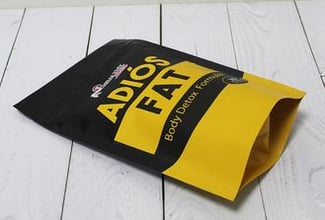
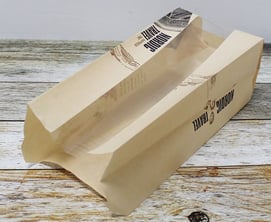
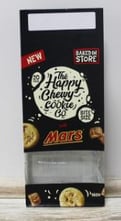
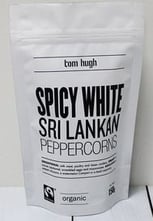
As digital printing pertains to flexible retail packaging, it is imperative to understand the scope of your project. As the information above confirms…small runs on digital presses are great and you cannot beat the turn-around time. However, what happens if:
- Your business expands and you now need 15,000, 25,000 or more pouches or bags? Are you going to want to continue paying $.35 to $.50 each?
- What if your business expands and you want to run production…you need to design your artwork using only CMYK…if you want digital and production printing to match
- Does your digital supplier also run full production (in the US…often they do not).
- Did you know oversea many companies have BOTH digital and full-production capability? Not an either or scenario.
- What about adding specialty features like a pour spout, a fitment for liquids…very few digital print companies can do this…overseas can, because they have a production line and the equipment and staff to do this.
Digital printing has its place, for sure. However, know your options.
Now, more traditional printing processes like Flexographic and Rotogravure have been around much longer than digital and both have advantages and disadvantages when compared to digital printing for flexible retail packaging.
